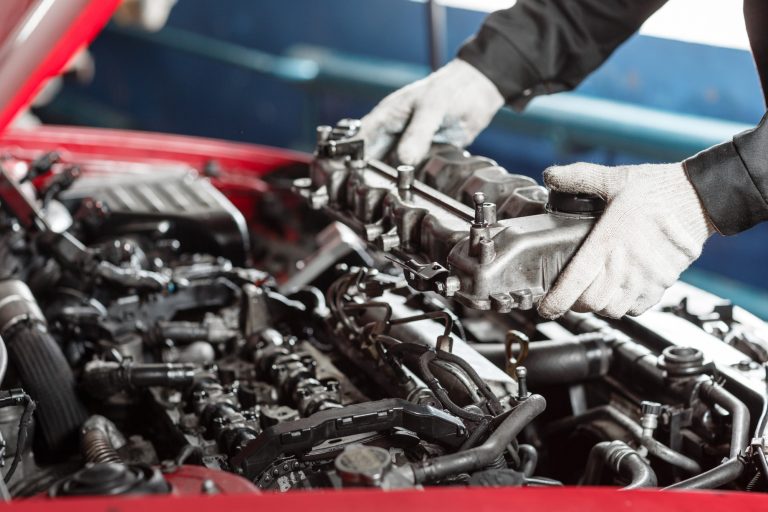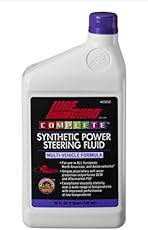
Your Engine Maintenance Checklist to Keep Your Car Running Smoothly
The average car repair bill ranges between $500 to $600. That’s a lot of money to pay at one time. In fact, one in three Americans will go into debt just trying to pay it.
Car repair is an unavoidable part of owning a car. However, there is an effective way to minimize those repairs. The key is to stay on top of your engine maintenance.
Shop Related Products Prestone 32 Ounce AS401 DOT 3 Synthet…$6.93$9.99 (223)
Prestone 32 Ounce AS401 DOT 3 Synthet…$6.93$9.99 (223) Johnsen’s 4611 Power Steering Fluid – 1 Gallon$18.27$18.99 (24)
Johnsen’s 4611 Power Steering Fluid – 1 Gallon$18.27$18.99 (24) Lucas Oil 10008 Power Steering Fluid – 1 Quart$13.36 (60)
Lucas Oil 10008 Power Steering Fluid – 1 Quart$13.36 (60) Lubegard 23232 Complete Synthetic Po…$15.87$16.99 (40)Ads by Amazon
Lubegard 23232 Complete Synthetic Po…$15.87$16.99 (40)Ads by Amazon
Now, car maintenance is not free, but it almost always costs much less than the repairs you’ll need if you don’t maintain your vehicle. To see a checklist of what you should maintain, check out the information below.
Maintain the Oil
One of the easiest things to maintain in a vehicle is the oil. This involves two things — regularly checking the dipstick and regularly changing the oil.
Checking the dipstick involves pulling it out of the engine and seeing what level the oil is. Every dipstick indicates where a car’s oil should be as it differs between makes and models.
If the oil is too low, make sure to fill it to the required level. If it repeatedly too low, this could signal an oil leak that needs to be repaired as soon as possible. If the oil looks burnt, it could mean a serious compression issue that could fail the engine.
It’s also essential to have regular oils changes about every 3,000 miles. Insufficient oil changes can ruin the engine and leave you with a devastatingly expensive auto repair bill.
Maintain Other Fluids
Oil is not the only fluid you need to watch. There is also power steering fluid, coolant fluid, brake fluid, and transmission fluid to maintain.
Again, you don’t only check for the levels of these fluids, but also how they look. It’s not a good sign to find burnt or dirty fluids in the engine.
These fluids are not like oil. Transmission fluid, for example, only needs to be changed every 30,000-60,000 miles. Meanwhile, power steering fluid should be replaced every 75,000-100,000 miles. It doesn’t seem like any manufacturer agrees on when to change brake fluid, so make sure to check your car manual.
Maintain the Tires
What would a car be without its tires? These essential parts of any vehicle are the last things you want giving out on you on the road. A blown tire can be dangerous.
To prevent an accident, make sure to have your tires regularly rotated. This should be done every 6,000 to 8,000 miles.
You should also take the time to check your tire pressure in between rotations. The recommended air pressure range for your tires will always be printed on their sidewalls.
More on Engine Maintenance
Engine maintenance can be complex because the engine is a complicated piece of machinery full of moving parts. Make sure to write down a checklist of these essential maintenance tips and keep it in your car. You can set regular times and dates for when to complete items on the checklist.
For more insight into the auto industry and beyond, don’t forget to stop by our blog.
